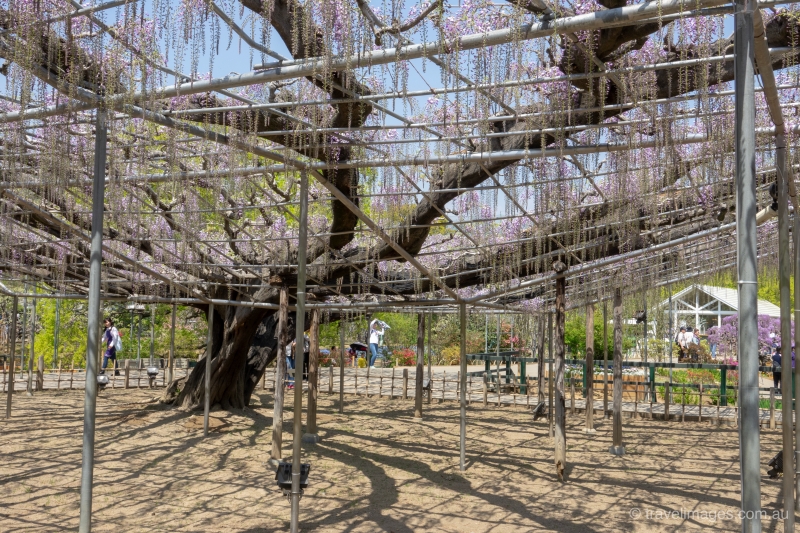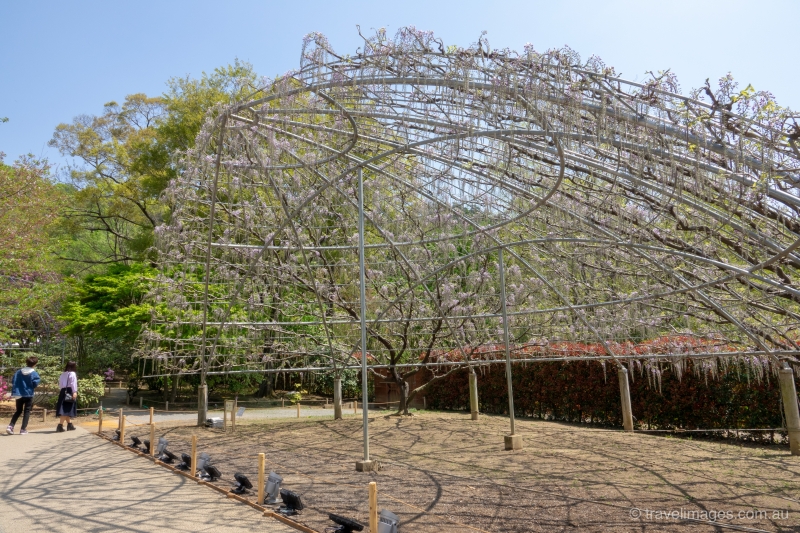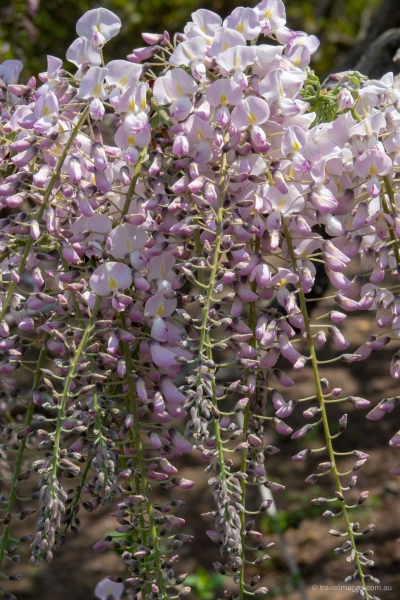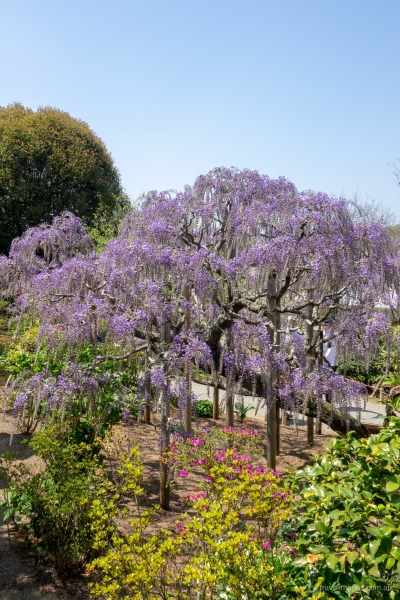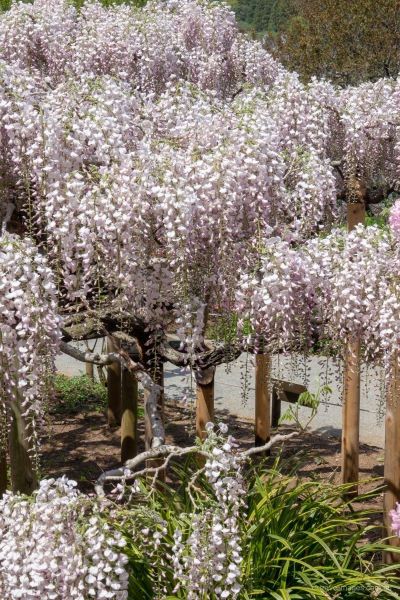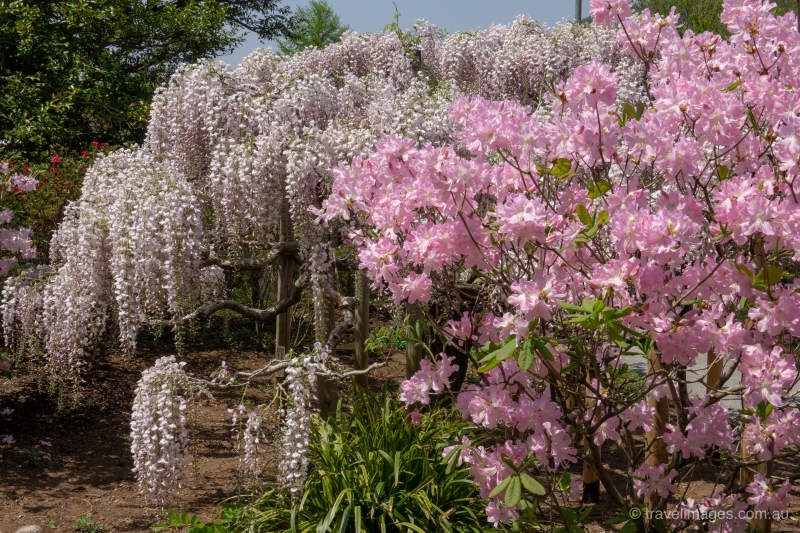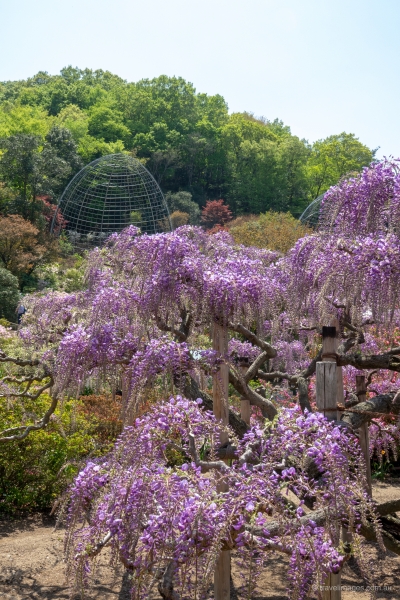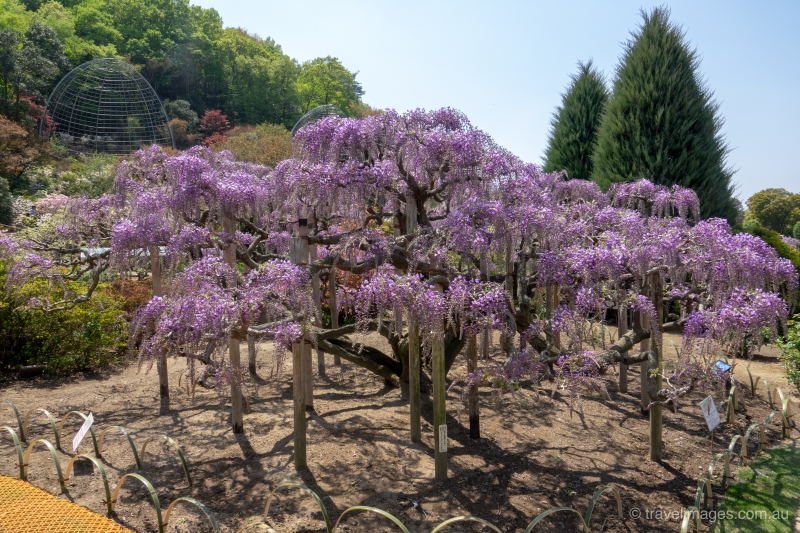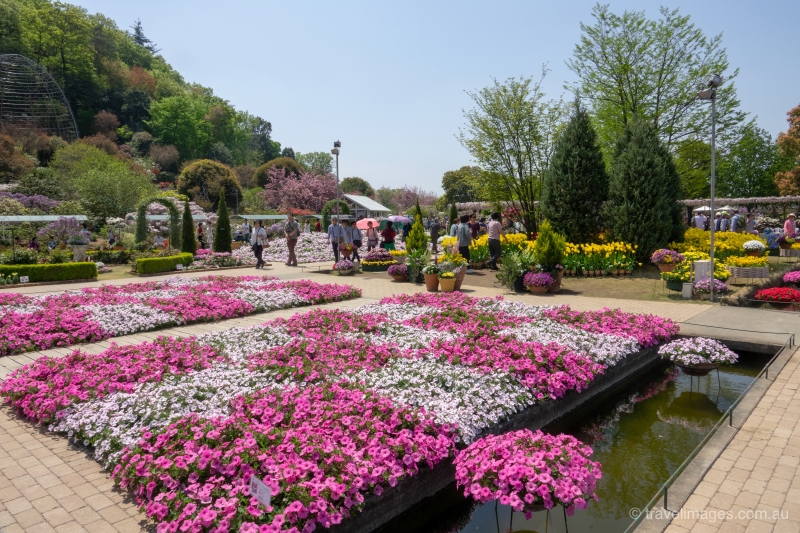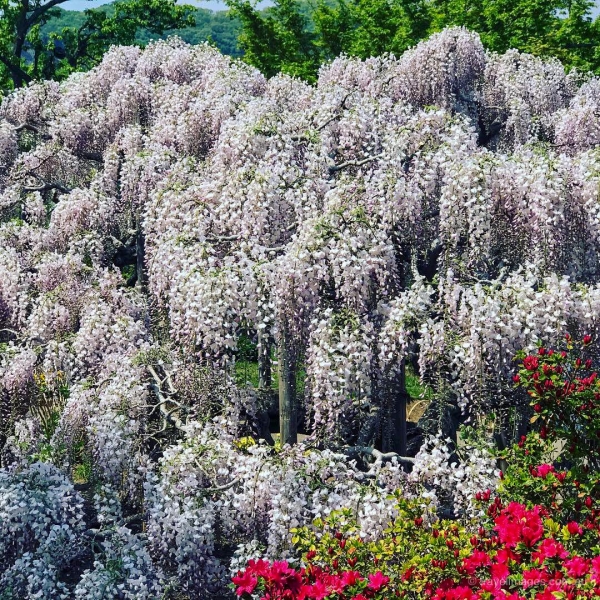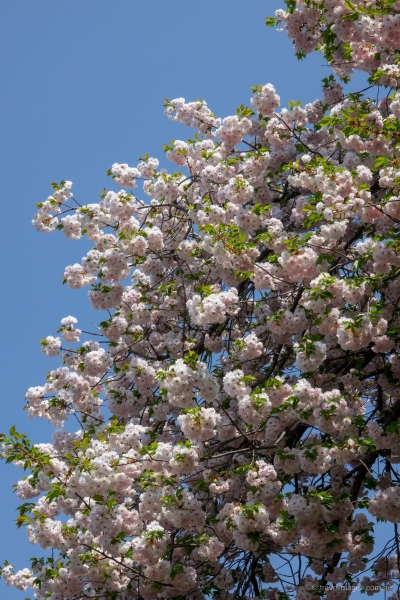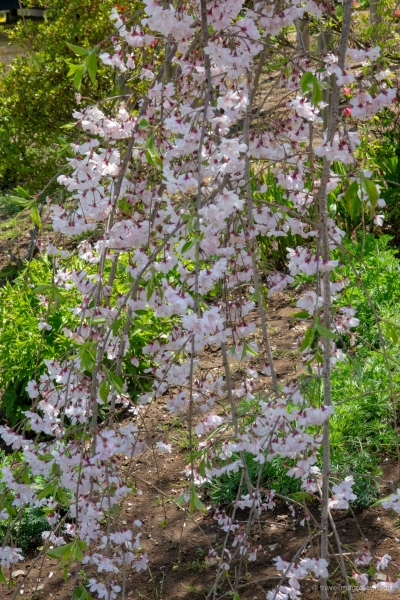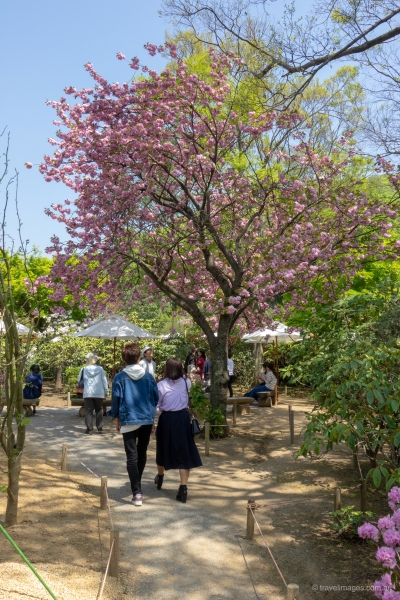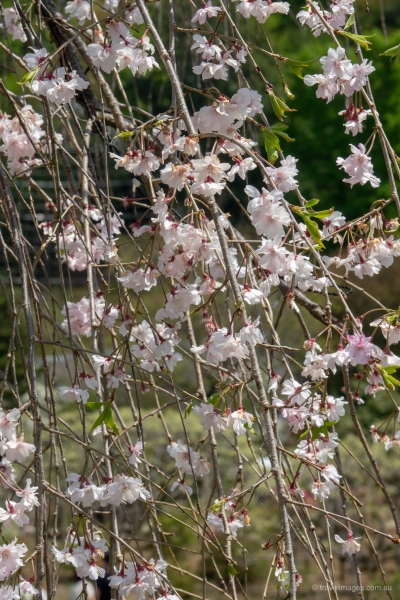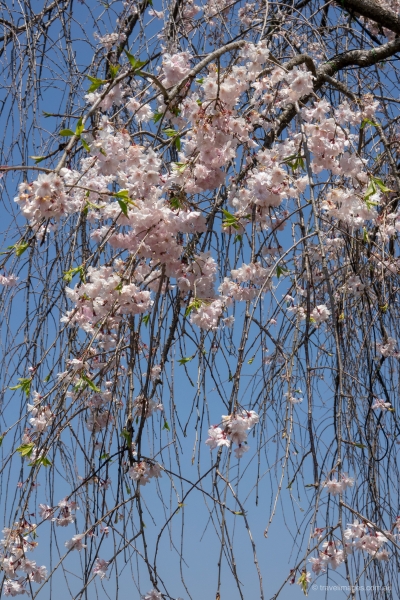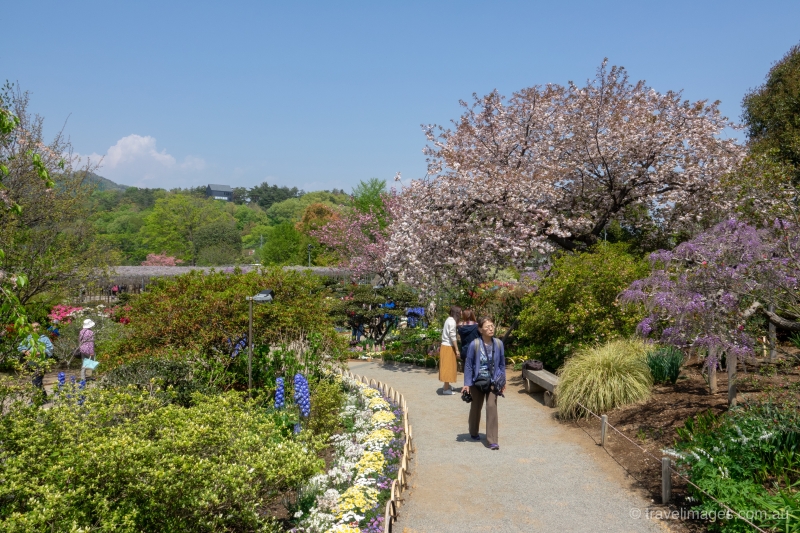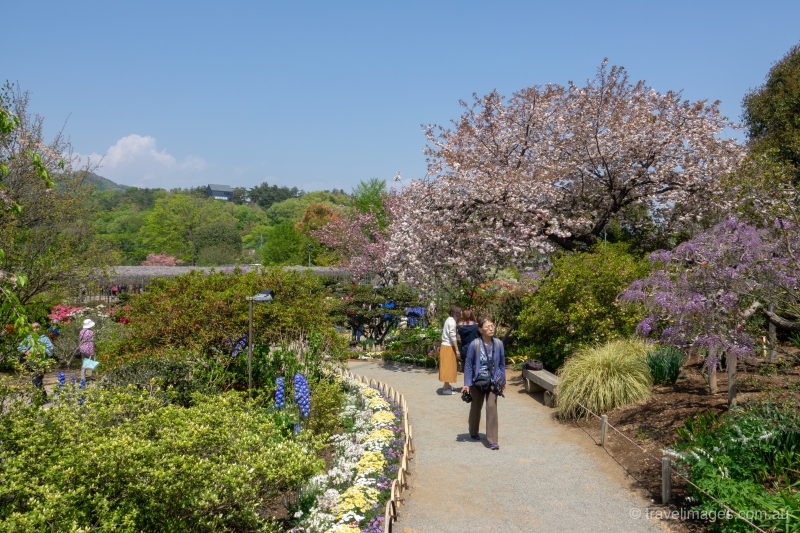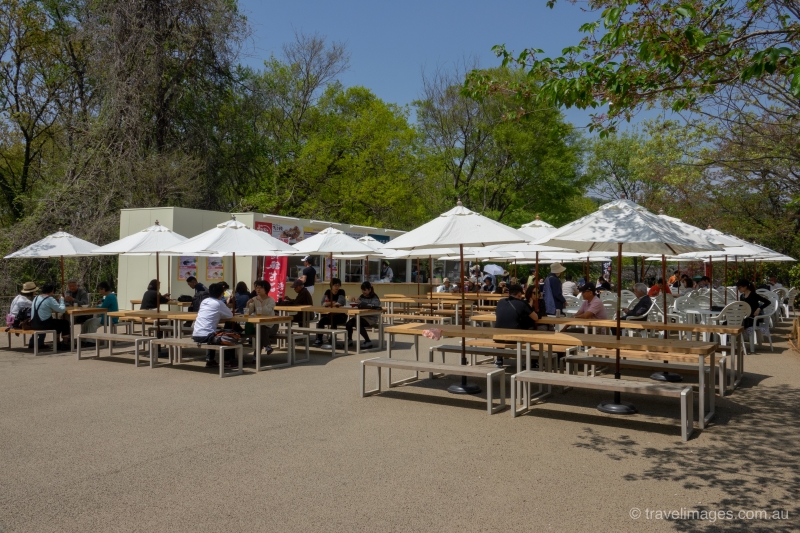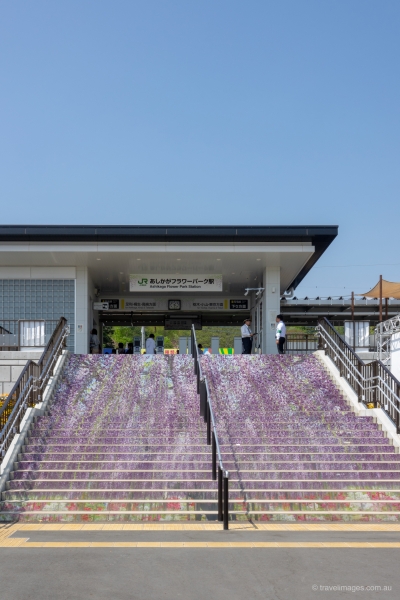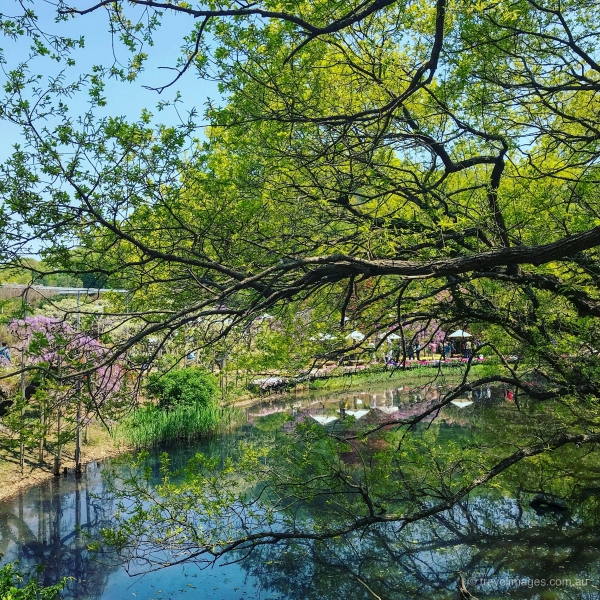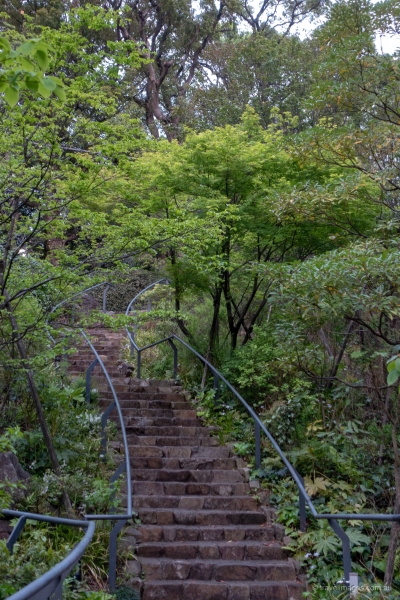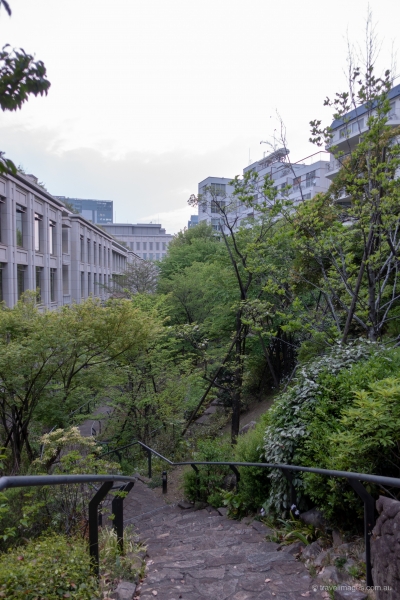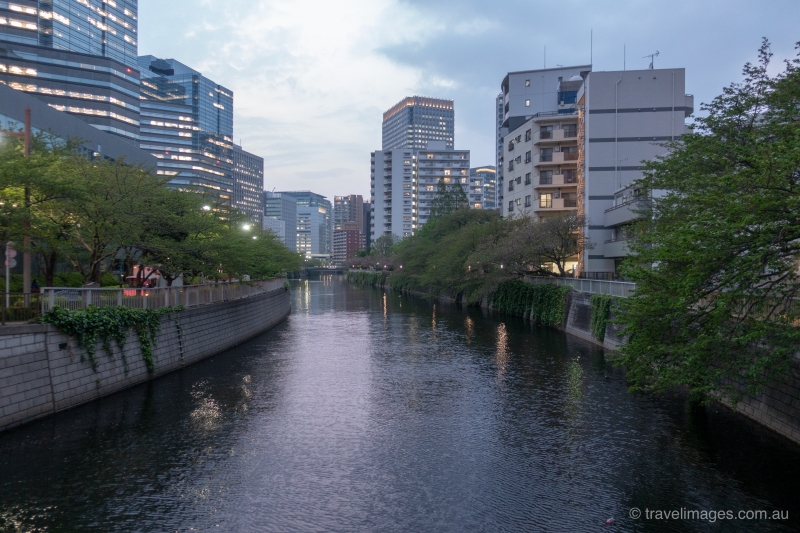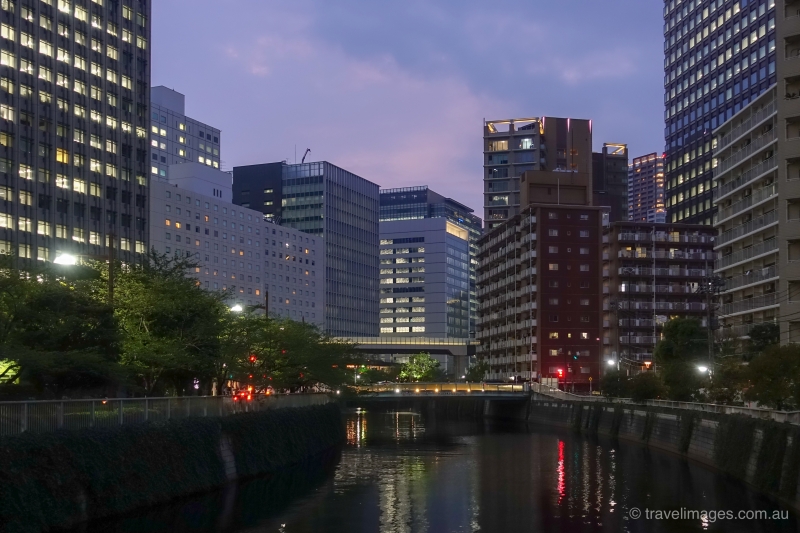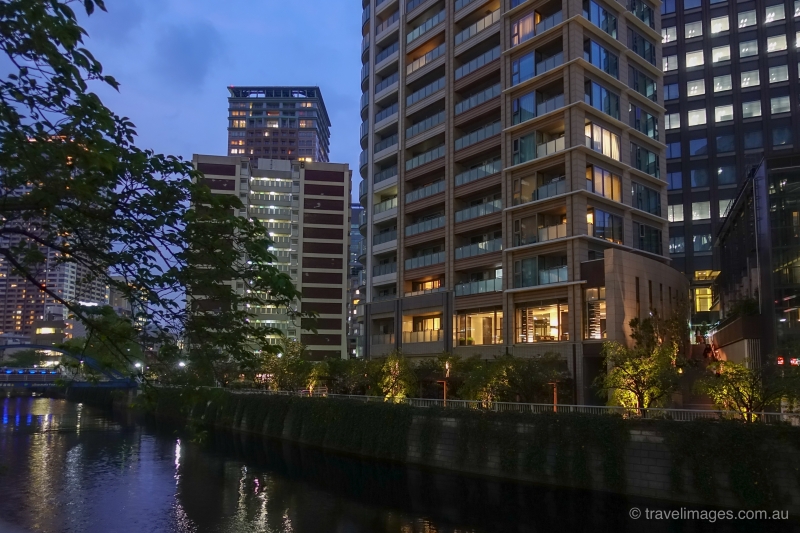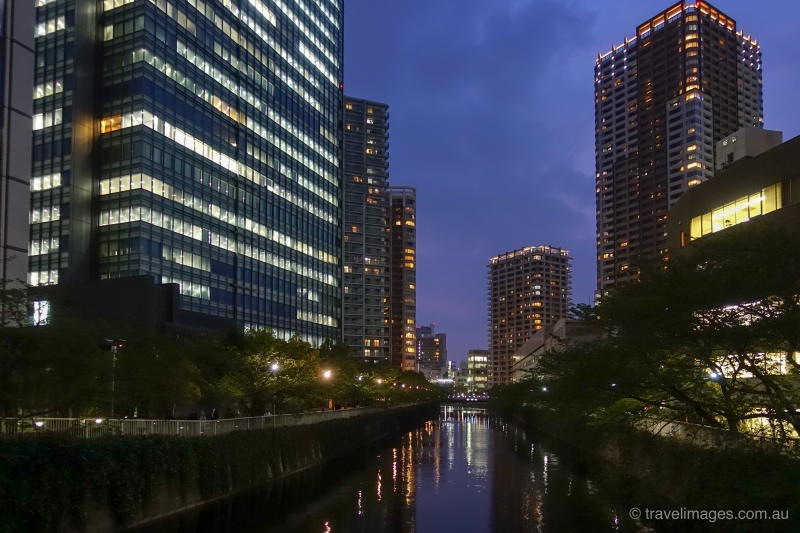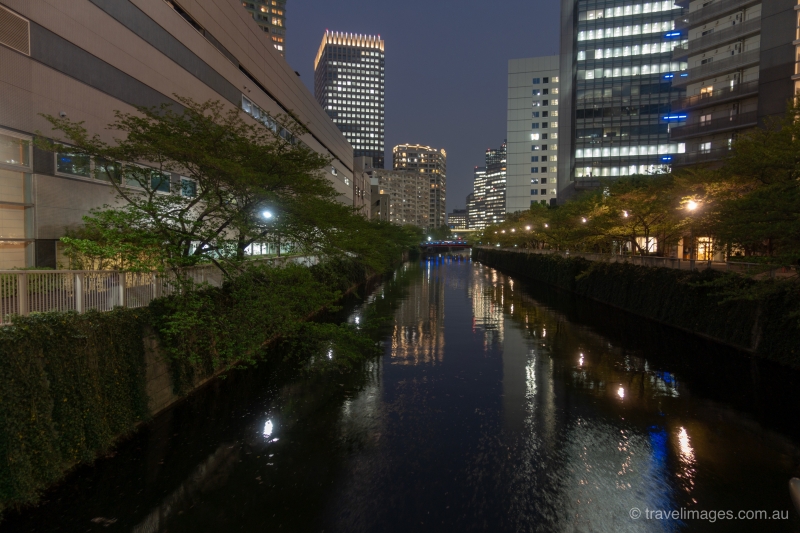Ashikaga Flower Park, Tomita, Japan
It is the start of wisteria season in Japan, which runs for about a month from late April. It’s overcast and smoggy in Tokyo, so I take the Shinkansen to Oyama, then the JR line to Ashikaga Flower Park, about 85 minutes with three train changes from Shinagawa Station. It’s a model of Japanese efficiency on arrival. The park is right outside Ashigawa Flower Park station, with English speaking staff greeting passengers on arrival, and an enterprising company with a banner outside the station offering luggage storage for 500 yen. There is little traffic, but a few traffic controllers directing people across the road in the direction of the front gate to the left of the station. There is also a sizeable car park to the right of the station.
Entry to the park is 1400 yen today. Interestingly the park runs a variable pricing model, presumably to manage the demand in attendance. It can vary on any given day up to 1800 yen in the peak flowering period, so it pays to check the website in advance. It is also noticeably warmer than Tokyo, and bright and sunny at 27 degrees Celsius. The main entry leads into the park shop, which is stocked with every kind of wisteria themed food and drink imaginable, along with the requisite wisteria themed bags and bags.
Outside the shop, the park sells potted wisteria, azaleas and other plants, but the main attraction is the wisteria. It is early in the blooming season, so whilst the park is busy, it is not as crazy busy as I think it will be in the weeks to come. It is not a particularly large park, so it will become very crowded when the wisteria is in full bloom. The purple wisteria is only starting to bloom, while the white wisteria is in full bloom.
Some of the wisteria trees and tunnels, including the famous 100+ year tree, are only just showing signs of starting to bloom.
There are also some late blooming cherry blossom trees, and a couple of weeping cherry blossoms still in bloom.
The park is well serviced with food and seating, with wisteria soft serve ice cream proving popular at 400 yen per cone.
There are a few ponds, one of which is home to a population of turtles, which seem to be breeding successfully given the number of baby turtles sun-baking on the wooden posts in the pond. 90 minutes at the park is enough to see everything, stop for a rest and and ice-cream, buy a wisteria flavoured sparking water at the shop, and head out the west exit to the station. A tip for future visits – the west entry-exit is across the car park, and mostly without queues for entry. It’s a short walk from the station, which has gone to the effort of painting the front steps in a wisteria theme. Ashikaga Flower Park station is also a single track and platform at this point, so there is only one platform on departure – the same one you arrived at.
I arrive at the station just as the train is pulling in, and head back to Tokyo, which is still overcast, quite humid and smoggy on arrival at Shinagawa. It’s mid-afternoon, time for a rest before heading out again later this afternoon.
The quiet streets of Shinagawa and Osaki, Tokyo
It’s easy to think the busy streets of Shibuya and Shinjuku are the real Tokyo. Like all major cities, much of Tokyo requires closer investigation and some serious walking around streets where there are no tourist attractions or even the hint of one. One area that remained unexplored for me so far is the area west of Shinagawa station– behind the monolithic Prince Hotel complex, through the residential streets, and along the Meguro River between Osaki and Gotanda. It’s an hour before sunset, and a good time to be walking rather than dealing with Tokyo’s peak-hour transport. It’s still warm and humid, and a layer of smog is still hanging over the city.
The peak hour commuters are powering their way through Shinagawa station, and the easiest thing to do is walk from the west side of the station with the human sea of people trying to get home, and exit on the east side of the station. Across Daiichikeihin Avenue and through the sprawling Prince Hotel complex is a narrow, steep path that leads past a sad complex called Maxell Aqua Park that offers dolphin shows and has a ragtag collection of penguins and seals. Enough to make me permanently boycott the Prince Hotel. Further up the path is an indoor golf and tennis complex, and a ballet school. The local children are leaving after lessons as I’m walking past. Turning left into what I think is an un-named one way street in 4-chome which might be Goten-Yama-dori Avenue, the streetscape changes from the huge hotel complex into a quietly affluent street lined with apartment buildings, townhouses and actual houses with off-street parking, which must be worth a mint.
The fact that it is an affluent area is confirmed as I walk past the Iceland Embassy. Close to the next major intersection, there is a small park with stairs leading down to a locked gate to the office complex. Someone has put a lot of effort into turning a sliver of land into a nice little garden that even Google Maps doesn’t recognise.
Across the street from this little garden is a large stone fence, which I think initially leads to a shrine. Checking the maps later on, it is a property called Kaitokaku, owned by Mitsubishi Corporation. Designed by Josiah Conder in the late 19th century, it is not open to the public. Aerial photos show a massive property a third the size of the Imperial Palace grounds, with an English mansion-style stone building surrounded by formal gardens.
Crossing the motorway and continuing on the same street, the same residential vibe continues, the Serbian Embassy is also on this street, along with the Hara Art Museum. At the end of this street is the Embassy of Myanmar, with a huge glass-fronted building behind a high fence. At the end of this street is the motorway, and the Meguro River, my target for an evening stroll. Both sides of the river are lined with hotels and apartment buildings, and there are walking paths on both sides, and a series of bridges. The river is also lined with cherry blossom trees, which at this stage have finished flowering a month ago, but would be a good non-touristy area to see them in bloom minus the tourist hordes. In the early evening, it is quiet with office workers walking to where ever they are going, some dog walkers, and a few cyclists.
Gotanda station is the end of the walk, and it’s an easy ride on the JR Yamanote line train back to Shinagawa. Just under 8 kms, not bad for an evening stroll.
Today’s statistics: 20,365 steps and 14.54km, 45 floors and 170 minutes in the active zone.

